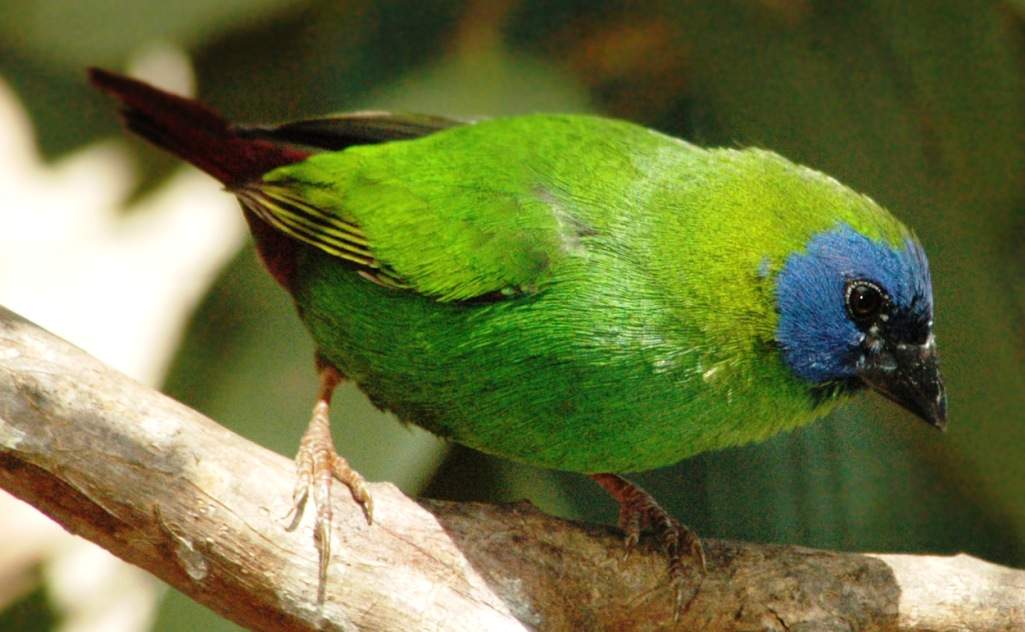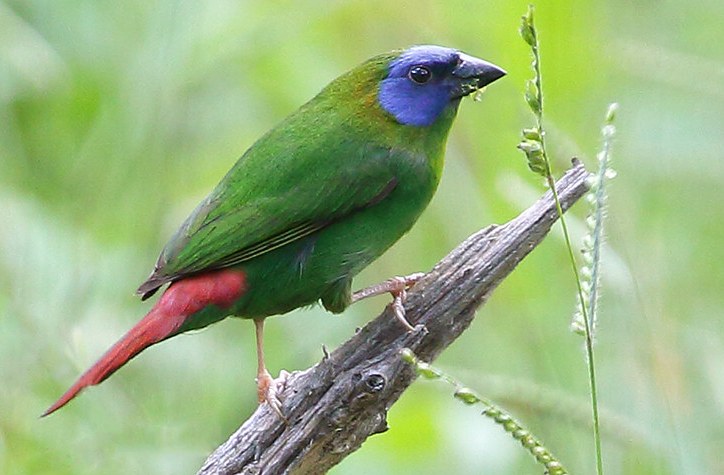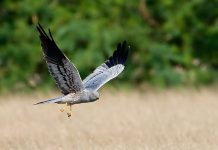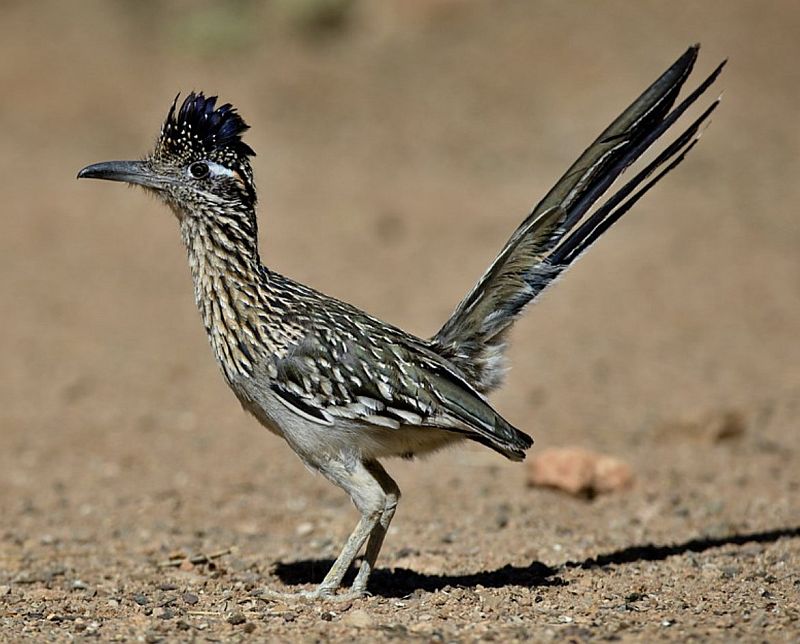Blue-faced Finch (Erythrura trichroa) is no more than an outlier. The Australian range of this Melanesian finch is limited to the rainforests of north-eastern Queensland, from the Eastern Cape York Peninsula to the Atherton Tableland. Like other finches, blue-faced are seed-eaters, yet they find their food not in grassland but in rainforest trees, shrubbery, and clearings within the forest, in both the middle and upper strata. Insects are picked up there too. If the birds feed on grass seeds and other herbage, it is only at the forest edge, close to cover. Seeding bamboo is favored, and, following it, the finches are nomadic, both locally and regionally. Movements tend to oscillate between tablelands over summer and coastal lowlands through winter.
They are rarely seen because of this and their small numbers in the northeastern rainforests. Blue-faced Finches are social birds, like the related manikins, but are not as communal as some finches. Flocks of up to 25 or 30 birds, consisting of both juveniles and adults, sometimes join together after breeding. However, more often than not, the birds occur in small groups of four, five, six, seven, or even just a pair.
They fly with the swift directness of mannikins through the forest mid-strata, coordinating their movements in unison. Although they do not cluster on perches to touch and preen one another, groups do build roost nests into which they cram to sleep at night. The courtship is elaborate. The male approaches his mate on horizontal twigs, singing, his body erect and tail twisted towards her. She responds by bending her tail towards him while he hops up and down.
Then she flies off, uttering her loud identity trill, and he gives chase, singing as he goes. Each time he lands beside her, she flies off again, repeating it up to 20 times before allowing him to approach. The entire ritual, as in all courtships, serves to synchronize the responses of the partners for copulation. Eventually, the female finch invites mounting by quivering her tail and emitting a series of soft calls. Copulation follows, the male grasping his mate’s head feathers seemingly roughly in his bill. Soon after mating, the pair begins to search for a nest site together. The male calls the female one after another until she settles on one by sitting on it. He joins her and then leaves to return with a strand of fiber or moss to cement the choice. Both participate in making the nest, the male bringing most of the material and the female working it in. Both also take shifts in incubation and brooding but in a rather irregular manner.
Often, the female broods sleep in the nest for most of the day and at night. Young are not fed for at least 24 hours after hatching until two iridescent turquoise nodules develop at either side of the gape of their bills. These luminous markings help guide feeding parents to their mouths in the dark interior of the nest. Young Gouldian Finches also have these nodules. It is also known as the blue-faced parrotfinch and the tricolored parrotfinch.
The size of a blue-faced finch is about 125–130 mm in length. The male finch’s upper pares and wings are grass-green, the outer flight feathers are dusky; the rump and upper tail coverts are dull crimson; and the tail is olive-brown, edged with a dull scarlet. The face and forehead are cobalt-blue. Underparts are all light grass-green with a golden-olive tinge and thighs. The eyes are dark brown, with black bill and brown feet. The female finch is slightly duller than the male; it is less blue. However, the immature bird is a little dull green all over, including its face, which is paler grayer-green below; its bill is dusky grey. The Blue-faced Finch call is a short, high-pitched single reedy chirp; that is communication and identity call is a low trill. The song of Blue-Faced Finch is two series of high-pitched trills, followed by a single whistle that falls, then rises at the end that is soft and spaced out.
The breeding and nesting seasons are November–April, in the wet and pre-wet seasons. The bird builds a nest, that is pear-shaped or rounded with a side entrance near the center of each side, 250mm long, 150mm wide, and 150mm high, of moss, fern rootlets, fungus, and vines, or plant down; lined with soft grasses; placed in foliaged forks in trees and shrubs, usually within a few meters of the ground but sometimes up to 7 meters or more.
The clutch contains 3 to 4; pure white color eggs, that are oval in shape and about I8 x I3 mm. The incubation period is about 13–14 days, for both sexes. As per the distribution record, it is uncommon in Australia; in grassy glades in the rainforest and coastal plains and foothills of northeastern Queensland, between Helenvale and Ravenshoe on tablelands and the adjacent coast. It is also found in New Guinea, Celebes, Moluccas, Soloman Islands, Caroline Islands, New Hebrides, and the Loyalty Islands. There are ten races, only one in Australia and Papua New Guinea.
Related Reading: 30 Most Beautiful Finches in Asia









